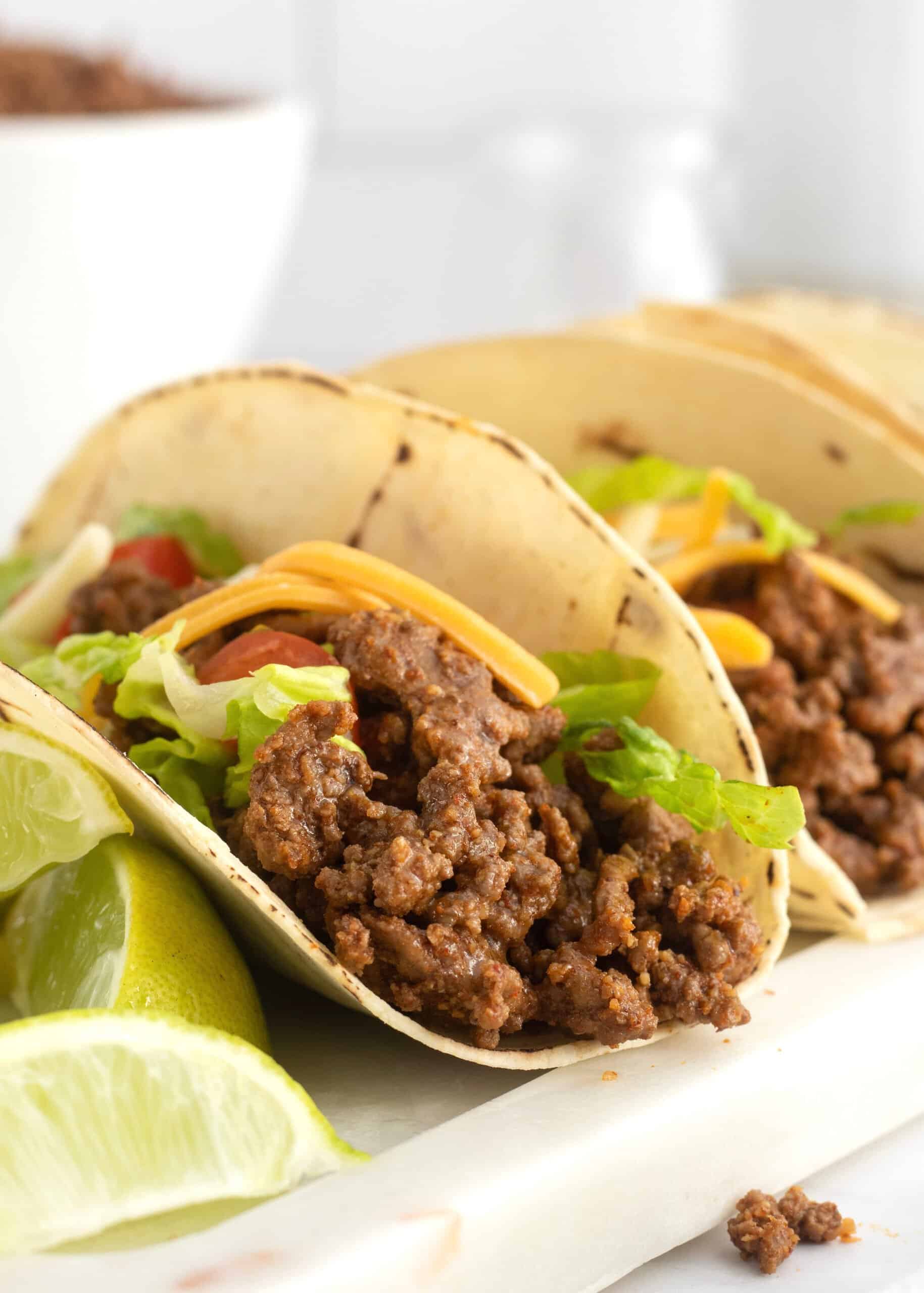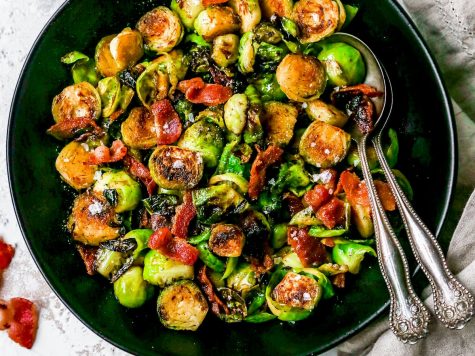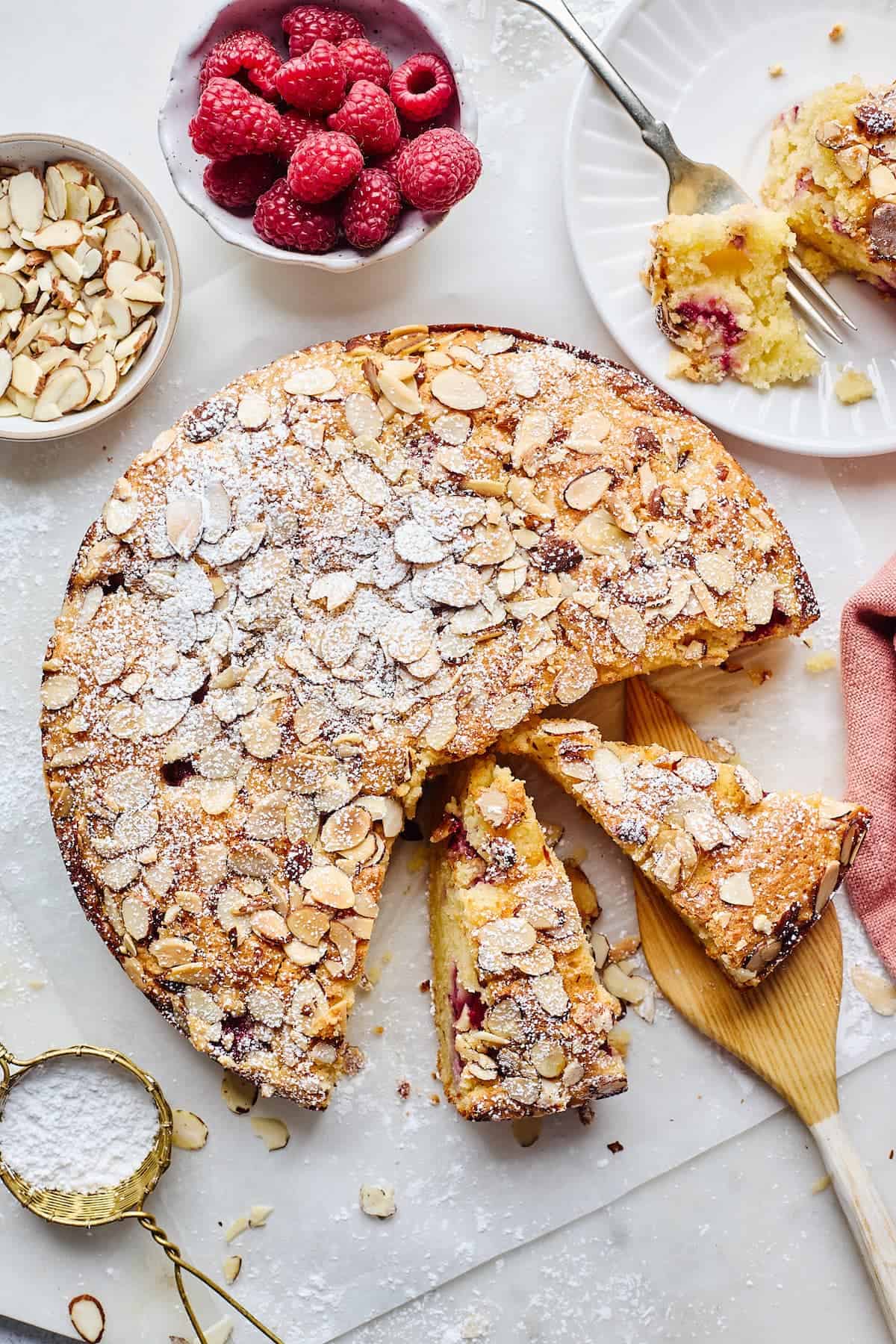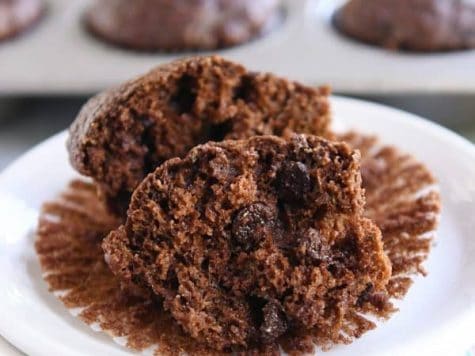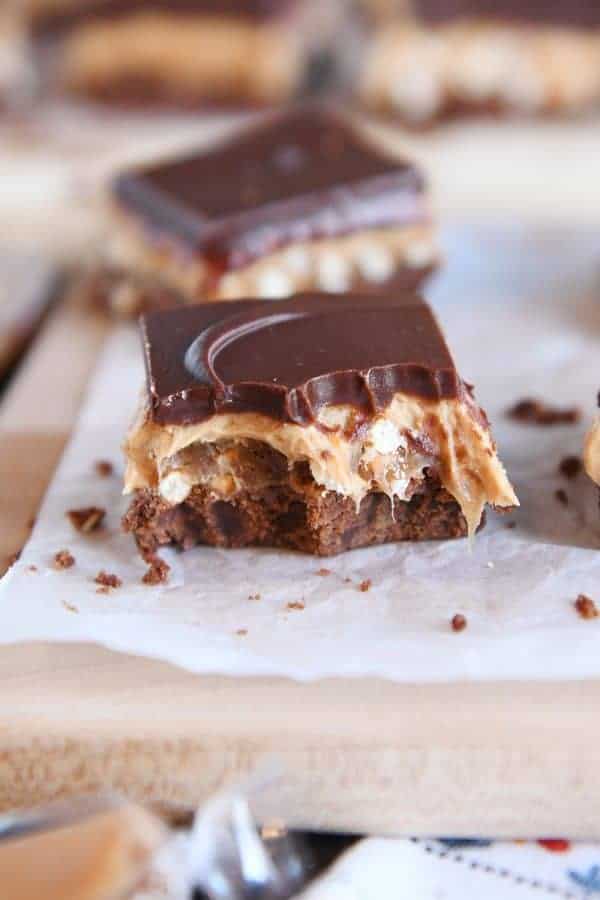Once you learn to cook whole, you’ll never go back to semi-homemade. Recipe developer, food stylist and private chef to the stars, Amber Rose, has a new collection of recipes out that favor entirely natural ingredients. Learn how to make ghee and your fancy bottle of olive oil will be green with envy.
Ghee is food from the gods — liquid gold. It is lactose-free, so even people with a dairy intolerance can have it, providing you’re very careful to strain off ALL the milk solids. Ghee is so simple to make, and much cheaper than buying it. It tastes better fresh, too, and it lasts for a very long time, which is why the recipe here is for a big batch.
Although ghee doesn’t have to be stored in the fridge, do keep it away from the light, and use a clean utensil each time you dip into the jar. If your kitchen is very warm, you may want to keep it in the fridge as it will last longer. Ghee stored in the fridge will become very solid, which is fine—just scoop out a spoonful as you need it. I use ghee in lots of recipes in the book, as I prefer it to olive oil; ghee has a much higher smoke point, so it doesn’t burn easily when you are roasting or pan-frying at high temperatures. Good fats, like ghee, that are correctly prepared and cooked with, are essential to good health, helping the body to make fat-soluble vitamins in our food become available to the body. In Ayurvedic medicine, ghee is known for its healing qualities, and is used internally and externally.
- 2 1/4 pounds unsalted butter (you can use more or less; the method and cooking times are pretty much the same).

Line a strainer with paper towels and set over a 2-quart clean glass jar.
Gently melt the butter in a saucepan over medium heat. Once melted, in only a few minutes the butter will separate into three layers: foam will appear as the top layer, the milk solids will migrate to the bottom of the pan, and clarified butter will float between the two.

The foam will gradually die down, then, slowly, bigger bubbles will start to appear, then it will foam again. When the second foam forms, it is ready. This should take 10–15 minutes, depending on how hot you have it.

When you see the second foam, remove the pan from the heat, and allow it to cool a little, and the milk solids to settle at the bottom—do not stir it at any point during the process. Scoop off the top layer of foam using a small double-mesh strainer.

Next, carefully pour the golden central layer through the lined strainer into the jar, leaving the milk solids in the bottom of the pan. If you have succeeded in keeping all the milk solids out of the ghee, and use clean dry utensils each time you dip into the jar, ghee will keep at room temperature for weeks—even months in cooler weather. It can be used as a cooking oil or finishing element, and is also a traditional Ayurvedic body moisturizer.

